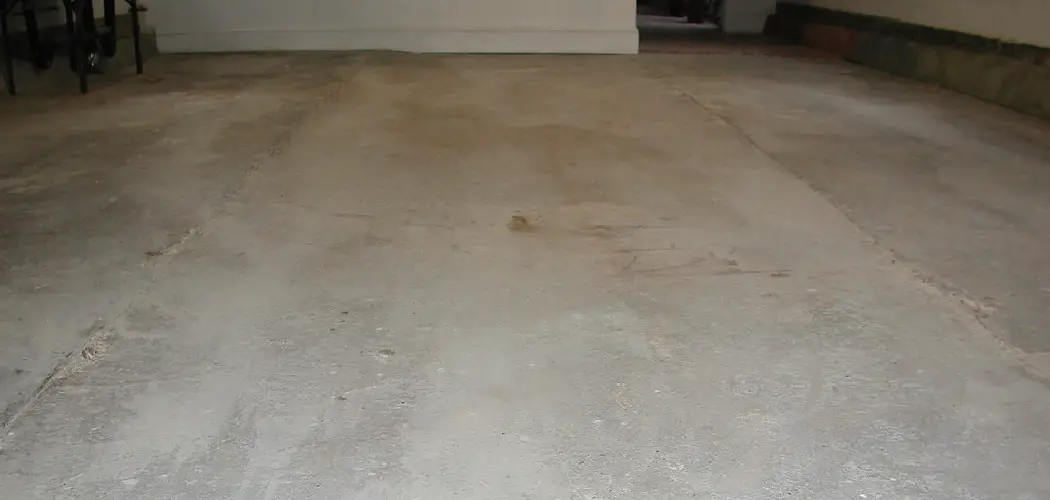The foundation is the most important element when you’re building a sturdy and long-lasting structure. If you want to build a wall, a room, or a house, making sure the bottom plate is attached firmly to the concrete floor is crucial.
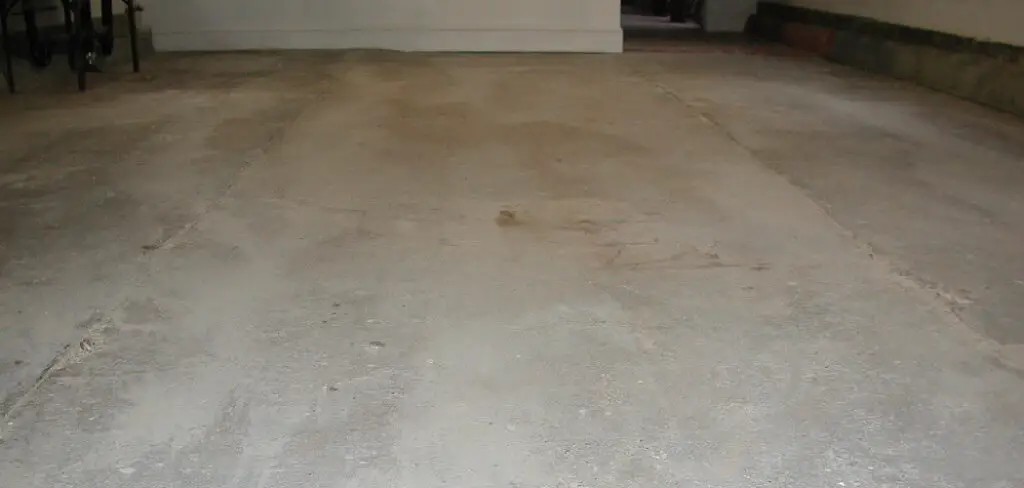
Depending on the project’s size and the materials you’re working with, there are several ways to attach the bottom plate to the concrete floor. This blog post will give you a detailed rundown on how to attach bottom plate to concrete floor. So keep reading to learn more!
Can You Attach the Bottom Plate to The Concrete Floor?
When it comes to home renovations or construction projects, it’s crucial to ensure that everything is installed properly and securely. This is especially true when it comes to attaching the bottom plate to a concrete floor. But can it be done? The answer is yes, but it requires some careful planning and execution.
Depending on the type of foundation and the size of the bottom plate, you may need to use a combination of construction adhesive, anchor bolts, and other specialized tools to get the job done right. However, with a little patience and attention to detail, you can successfully attach the bottom plate and create a solid foundation for your structure.
Why Should You Attach the Bottom Plate to The Concrete Floor?
When it comes to building a sturdy structure, the foundation is the key element to consider. One crucial step that is often overlooked is attaching the bottom plate to the concrete floor. But why is this step so important?
The answer lies in the importance of a strong and stable base for any structure. Attaching the bottom plate to the concrete floor provides an anchor point that prevents the walls from moving, even during harsh weather conditions. Doing so will ensure that your structure lasts longer and remains safe and secure for longer periods. So, make sure to take the time and attach that bottom plate – your structure will thank you for it!
5 Methods to Follow on How to Attach Bottom Plate to Concrete Floor
Method 1. Using Concrete Screws
This method is one of the most straightforward techniques to attach the bottom plate to the concrete floor. Concrete screws are driven directly into the floor with a power drill. First, you need to determine the location of all the studs on the floor and mark them.
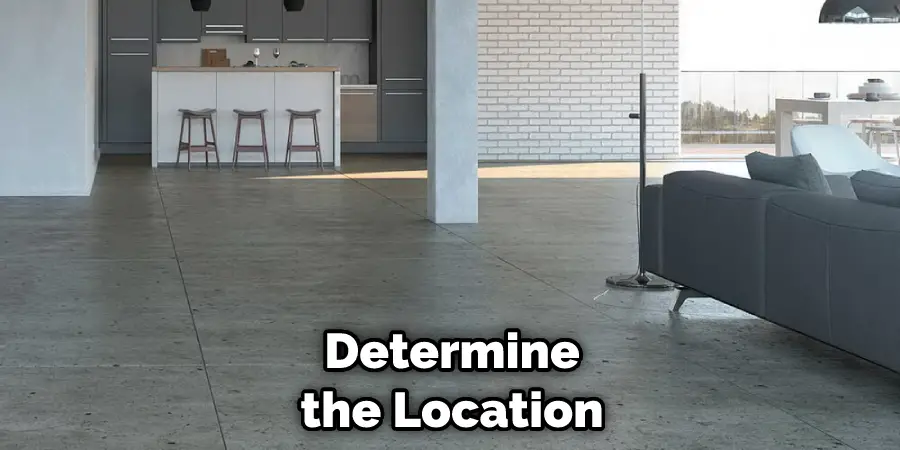
Then, drill shallow pilot holes into the concrete, making sure you don’t drill too deeply or too wide. Next, insert the concrete screws into the pilot holes, and use a power drill to drive them through the bottom plate into the concrete floor. Make sure the screws are tight and secure and do not overtighten them.
Method 2. Using Anchor Bolts
Anchor bolts are another popular method to attach the bottom plate to the concrete floor. This method takes more time and effort than the previous one but is safer and more reliable. First, you need to drill holes into the concrete floor where you want to place the bolts. The size of the holes will depend on the anchor bolt size you choose. Next, insert the bolts into the holes, and place the bottom plate above them. Use washers and nuts to secure the bolts and tighten them.
Method 3. Using Adhesive Anchors
Adhesive anchors are a great option when you don’t want to drill many holes into your concrete floor. They are easy to install and create a strong bond between the bottom plate and the concrete floor. First, clean all the dust, debris, and oil from the floor. Then, apply the adhesive to the bottom of the plate, and press it against the concrete floor. Wait for a few hours for the adhesive to set and dry before starting your construction.
Method 4. Using Powder-Actuated Tools
Powder-actuated tools are a powerful and reliable way to attach the bottom plate to the concrete floor. However, they require more expertise and caution, as they use gunpowder to drive fasteners into the concrete floor. First, select the appropriate powder-actuated tool for your project and follow the manufacturer’s instructions carefully. Then, insert the fastener into the tool, place it on the spot where you want to attach the bottom plate, and fire the tool to drive the fastener into the floor.
Always wear protective gear while using this method.
Method 5. Using Expansion Anchors
Expansion anchors are the most common type of fastener used when attaching bottom plates to a concrete floor. They work by expanding inside the hole in the concrete and creating a secure bond between the plate and the floor.
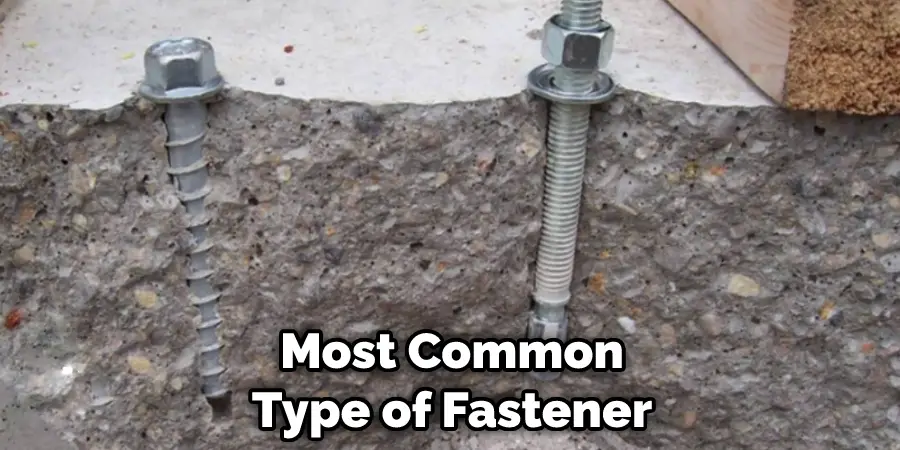
First, measure and mark all the locations where you want to attach the plate. Using a power drill, create holes in the concrete at those marks and insert the expansion anchors inside them. Next, place the bottom plate on top of the anchors and tighten their nuts with a wrench.
That’s it! You’ve now learned five different methods for how to attach bottom plate to concrete floor. All of these methods require patience and the right tools, but the results are well worth it. With any of these techniques, you can securely attach your bottom plate and make sure your construction project is safe and stable.
5 Considerations Things When You Need to Attach Bottom Plate to Concrete Floor
- The type of fastener you use will depend on the type of concrete you’re working with. If you’re attaching to a poured concrete slab, you’ll need to use masonry screws or anchors. If you’re working with a block or brick foundation, you’ll need to use tapcon concrete screws.
- The size of the fastener will also be determined by the type of concrete you’re working with. For a poured concrete slab, you’ll need a 3/16″ diameter fastener. For block or brick, you’ll need a 1/4″ diameter fastener.
- You’ll also need to decide how many fasteners you’ll need. A good rule of thumb is one fastener per square foot.
- When attaching the bottom plate to the concrete, be sure to predrill holes for the fasteners. This will make it easier to drive the fasteners into the concrete and will help to prevent the concrete from cracking.
- Finally, when attaching the bottom plate to the concrete, be sure to use a level to make sure the plate is level before driving in the fasteners. This will help ensure that your structure is stable and secure.
Following these simple considerations when you need to attach the bottom plate to the concrete floor will make the job much easier and more successful. Good luck!
Benefits of Attach Bottom Plate to Concrete Floor
When it comes to constructing a building, there are few things more important than a solid foundation. One key component of this is attaching the bottom plate to the concrete floor, which offers a range of benefits. By doing this, you can ensure a secure and sturdy base for the rest of the structure to be built upon.
It also helps to prevent any shifting or movement over time, which could lead to cracks or other damage. Additionally, attaching the bottom plate to the concrete floor can help to regulate the temperature and improve energy efficiency, as it creates a barrier against drafts and keeps the area insulated. In short, making sure that your bottom plate is properly secured to your concrete floor is an essential step in constructing a safe, durable, and efficient building.
4 Common Mistakes People Make When Trying to Attach Bottom Plate to Concrete Floor
1. Not Drilling Holes
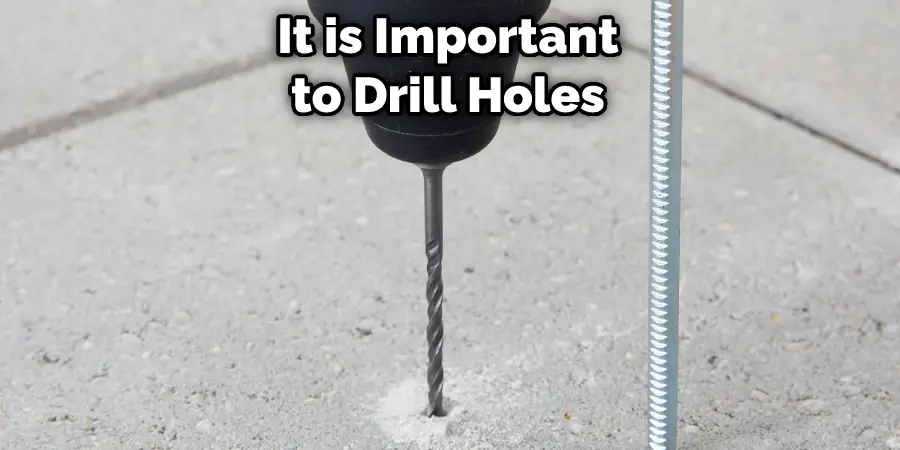
One of the most common mistakes people make when attaching a bottom plate to concrete is not drilling holes. It is important to drill holes in the concrete so that the screws can be properly anchored into the material. The bottom plate will not be securely attached to the concrete without proper anchoring and could eventually come loose.
2. Not Using the Proper Screws
Another common mistake is not using the proper screws. It is important to use screws that are specifically designed for attaching to concrete. These screws are typically made from a harder metal and have a special coating that helps them to grip the concrete better. Using regular screws will likely result in them stripping out of the hole or simply not holding well.
3. Not Cleaning the Surface
Another mistake people make is not cleaning the surface of the concrete before attaching the bottom plate. It is important to make sure that the surface is free of dirt, dust, and debris before attaching anything to it. Otherwise, these contaminants could prevent the bottom plate from adhering properly or cause it to come loose over time.
4. Not Leveling the Plate
Finally, another common mistake is not leveling the bottom plate before attaching it to the concrete. It is important to make sure that the plate is level so that it does not create any unevenness in your finished project. If the plate is not level, it could cause problems with doors and windows fitting properly or create an overall unlevel appearance.
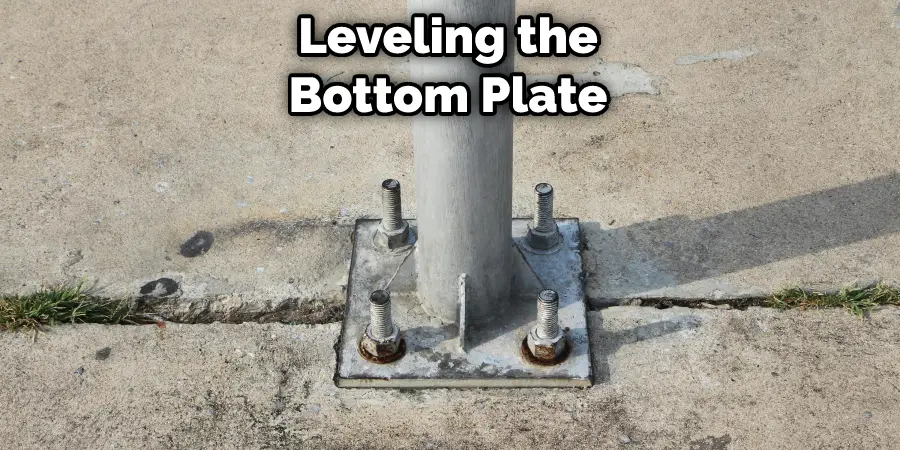
Conclusion
In conclusion, attaching the bottom plate to the concrete floor is one of the most crucial steps in building a stable and safe structure. We hope this blog post has given you a thorough understanding of the different methods to attach the bottom plate to the concrete floor.
Whether you choose concrete screws, anchor bolts, adhesive anchors, or powder-actuated tools, make sure you follow all the instructions carefully and take all the necessary safety precautions. A well-built foundation is the key to a long-lasting and reliable construction project. Thanks for reading our post about how to attach bottom plate to concrete floor.

